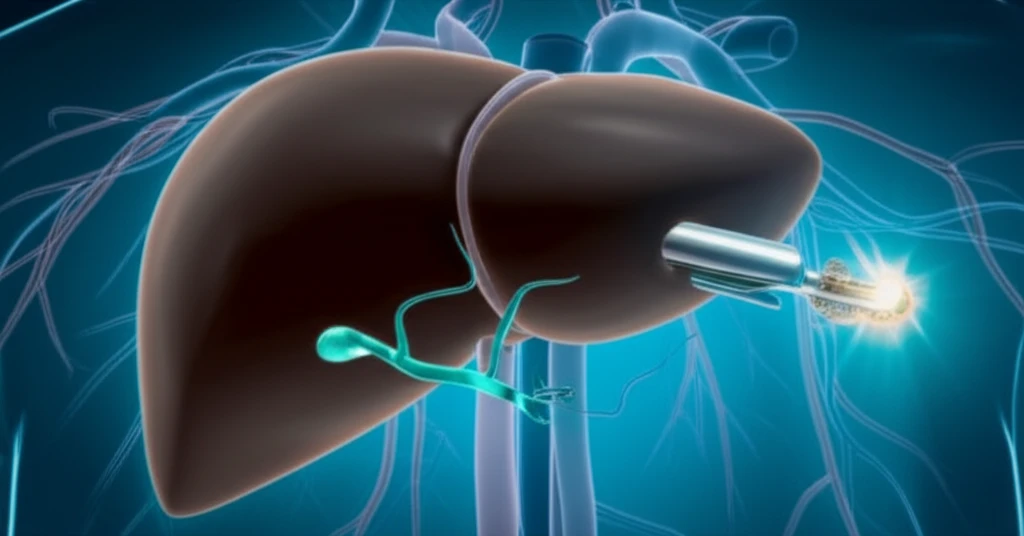
When Chest Tubes Go Wrong: A Simple Plug Can Save the Day
"Learn how a common vascular plug can effectively resolve accidental chest tube placements in the liver, preventing severe complications."
Medical procedures, while intended to heal, occasionally take unforeseen turns. One such complication arises when inserting a chest tube, a common procedure to drain fluid or air from the chest cavity. In rare instances, the tube can be misdirected, entering organs like the liver, leading to significant bleeding and potentially life-threatening situations.
A recent case highlighted by Hamanaka et al. [1] underscores this challenge, prompting physicians to share similar experiences and innovative solutions. One such solution involves the use of Amplatzer Vascular Plugs (AVP), typically used to block blood vessels, to seal off the accidental tract created by the misplaced chest tube.
This approach offers a minimally invasive way to stop the bleeding and stabilize the patient, avoiding more complex surgical interventions. This article explores how AVPs are used in these emergency situations, providing insights into the procedure, its benefits, and considerations for patient care.
The Case of the Misplaced Chest Tube: A Bleeding Emergency

Consider the case of a 70-year-old man presenting with dyspnea (shortness of breath). Initial diagnostics, including a computed tomography (CT) scan, revealed a mass in the right lung that appeared to be invading the chest wall. The patient also had a collapsed right upper lobe and a pleural effusion (fluid accumulation in the chest cavity).
- The Challenge: Misplaced chest tubes can cause severe bleeding and require immediate intervention.
- The Solution: Interventional radiologists are using Amplatzer Vascular Plugs (AVP) to embolize the errant chest tube tract in the liver.
- The Outcome: This minimally invasive approach quickly stops bleeding and stabilizes the patient.
AVP: A Safe and Effective Solution
In summary, the use of Amplatzer Vascular Plugs appears to be a safe and effective method for embolizing errant tracts created by malpositioned chest tubes. While this technique offers a promising solution, it's crucial to consider individual patient factors. Patients with hepatic congestion, for instance, might benefit more from an occlusive balloon technique. Further research and clinical experience will continue to refine and optimize the use of AVPs in these challenging situations, ultimately improving patient safety and outcomes.
